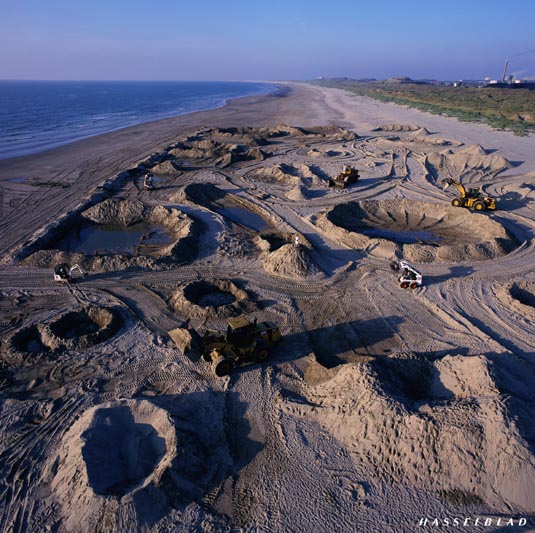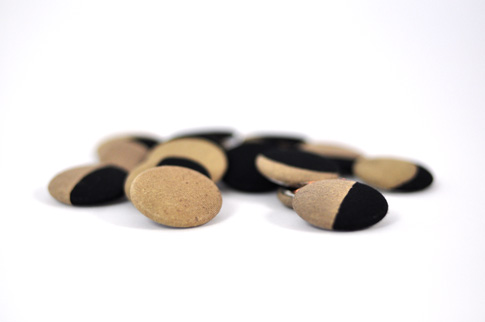“[A] qualitative alteration of time…would have the weightiest consequence.”
-Giorgio Agamben, Infancy and History
Waxing its way to fullness, or waning its way to newness, the double promise of enrichment and becoming has been brought to bear on the moon. As a venerated celestial body and object of astronomical contemplation, the moon has been made to transcend itself as a powerful and resonant symbol. It is capable of teaching us about our position in the cosmos while providing a distant location on which to pin our hopes and desires.Whether it?s being shot for or leapt upon, the moon, like the starry firmament that surrounds it, is a reminder both of our limitations as terrestrial creatures and our intractable persistence in the face of an incomprehensible vastness.
In his book Infancy and History, Giorgio Agamben speaks to this kind of existential angst when he writes of time as a moment of tension where action and potentiality converge and life is revealed in its totality. Drawing on the ancient Greek notion of cairos, he emphasizes not being a slave to time as a universal or historically unfolding abstraction. Rather, for him, time issues from the specificity of human acts. As action without time
would be meaningless, so is time without action rendered desolate, void. To paraphrase Hakim Bey, it?s the idea that since we refuse to be nothing, there must be a project. In this sense, time can be thought of as something intensely personal, a unique form of temporality inflected by one?s actions within the flow of experience.
While not quite the revelation that Agamben described, my experience with Helena Keefe?s “Phases of the Moon,” was of qualitative alteration. The time that issued from the modest gesture, enacted daily for one synodic month, of affixing to my clothes a pin representing the changes in the moon?s phase, was a peculiar one in which my place and position in the world were thrown. As I repeated this aesthetic act, a major principle around which my daily life is organized began to loosen its hold. My orientation shifted away from a solar calendar and towards a lunar one. Although the new structure remained cyclic and related to the sun, I began to behave differently. I developed a ritual: check the widget, replace the previous day?s pin and attach the new one (rarely have I dressed myself with such intentionality and care). Having gained an awareness of the moon that I previously lacked, I began seeking it out at night, verifying that I was properly synched up. Although the act bore similarities to the careful placement of a flower in a lapel or the jauntiness of a feather in a cap, it was more than an anachronistic or ironic flourish. Somewhere between a Victorian-era locket and a campaign button, the pins themselves drew equivalences between the time produced by ritual and remembrance and the time produced by discourse and communication. More subtly, they came to represent a time in which what?s private and what?s public can productively exist together.
For a time, I was in a time alongside time. To try to recover or extend that time, to cultivate it and make it something enduring would, I think, be to somewhat miss the point. The message is a bit less dramatic than that. It?s even less complicated than a faith in the promise of the fleeting moment. In fact, it?s deceptively simple: for even our smallest gestures, there are weighty consequences
Matthew David Rana is an artist and writer based in Oakland. He is a featured contributor to Art Practical and his writing has appeared in the books, There is No Two Without Three and I’m a Park and You’re a Deer. Matthew is also co-director, with Michelle Blade, of The Living Room, a storefront project in Oakland. He is currently pursuing a dual MFA/MA in Social Practice and Visual & Critical Studies at the California College of the Arts.

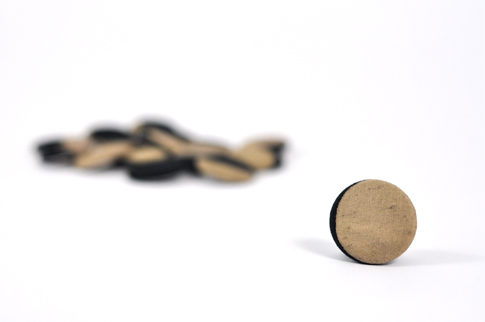
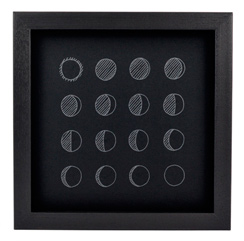


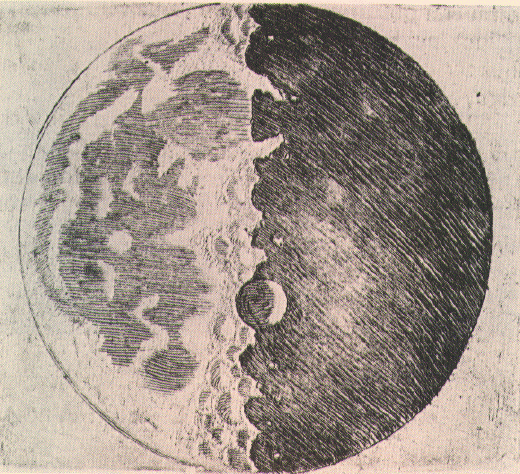 Galileo Galilei’s Moon Drawing
Galileo Galilei’s Moon Drawing